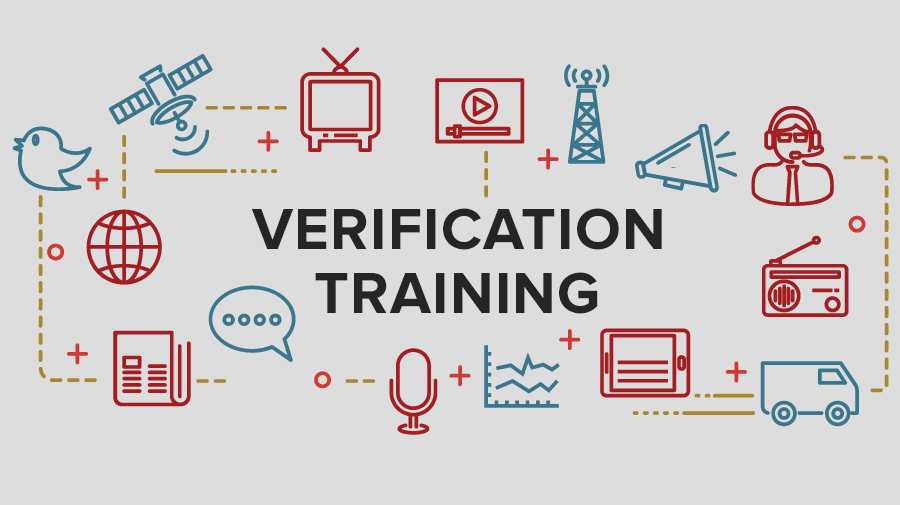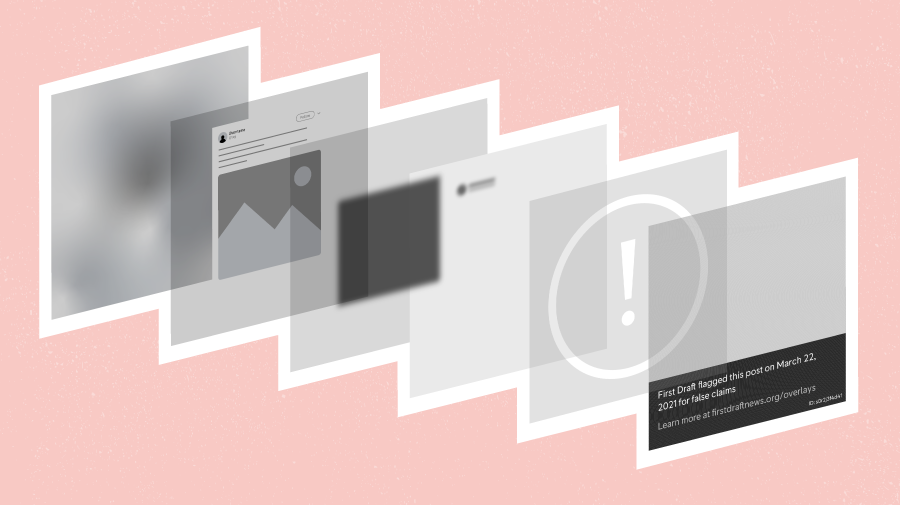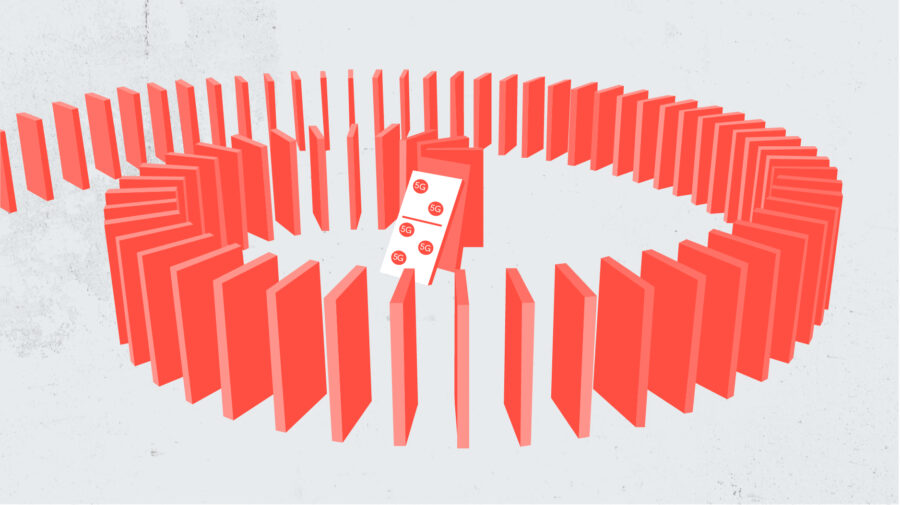Journalists strive to get the story right, but as we are bombarded by far more information than ever before, the tools and skills crucial to telling the whole story are undergoing a profound change. Understanding who took the photo or video, who created the website and why, enables journalists to meet these challenges. Verification training, up until now, has largely been done on the job and as needed. But today, we’re thrilled to announce the launch of our online verification course.
In this course, we teach you the steps involved in verifying the eyewitness media, fabricated websites, visual memes and manipulated videos that emerge on social media. The course is designed so that anyone can take the course from start to finish online, or educators can take elements and integrate into existing classroom teaching. For newsroom training managers, we hope the you can encourage your staff to take the course online, or you can take individual videos and tutorials and use during brown-bag lunches. We provide relevant and topical examples — from events such as Hurricane Irma and the conflict in Syria — to show how these skills and techniques are put into practice.
Our verification training is aimed primarily at journalists, but we believe anyone curious about the content and information online will benefit. Members of our Partner Network will have exclusive access to the course until January 2018. Our Partners include some of the top names and organizations in the field of verification and will be able to give us invaluable feedback in order to fine-tune the course. We will then open the training incrementally. We are anticipating high demand, and will initially give priority in the registration process to journalists with a track record in verification work and training.
The course currently consists of five units. These begin with the basics of setting up a work station for verification work and the fundamental skills and tools needed. Units three through five teach investigation of digital footprints, understanding time and date stamps and geo-location. Each unit begins with learning objectives and an outline. A combination of video tutorials and case studies, group tasks and discussions, reading and tools lists, and interactive tests provide a thorough grounding in features to test what participants have learned.
When logged in, participants can track their progress and bookmark resources. There is also the possibility of selecting and combining individual sections to create customized courses.
We’ve designed the course with a recommended sequence that takes learners from the basics right through to advanced skills. Not everyone, however, will feel the need to follow the entire course, and the layout enables it to be used in any order as required.
First Draft Executive Director Dr. Claire Wardle created the course. Here’s more about how Claire came to verification, and why she remains excited to teach these skills.
These first five units are only the beginning. Subsequent units will include ethical and legal considerations, advanced social discovery techniques, monitoring of closed networks and other topics in an ever-expanding field of expertise. Our Partners are at the forefront of this field, and we will add to and develop the course as they indicate a need and we evaluate developments in online information.
This learning resource is by far First Draft’s most ambitious effort yet to support and develop verification skills for journalists. We welcome your feedback as we face the challenges ahead.






